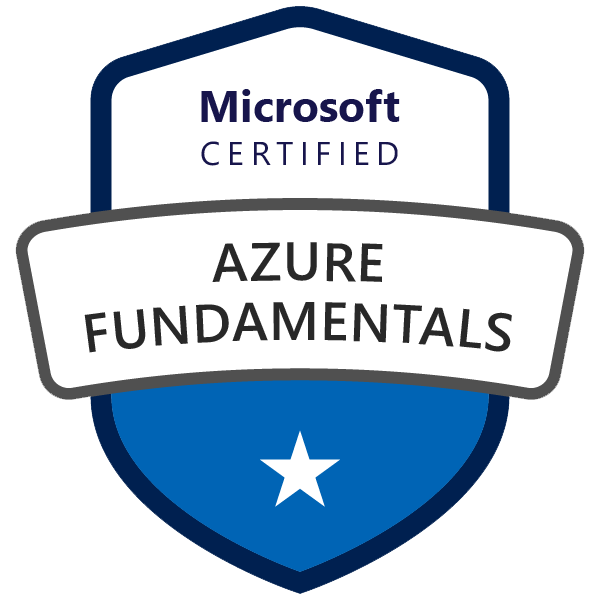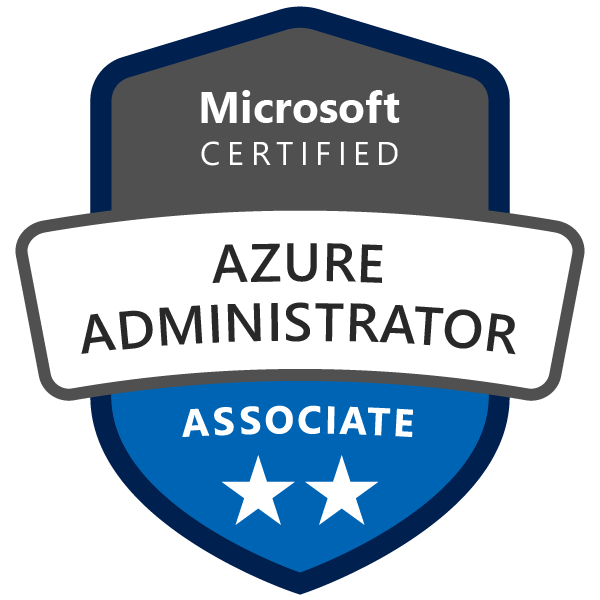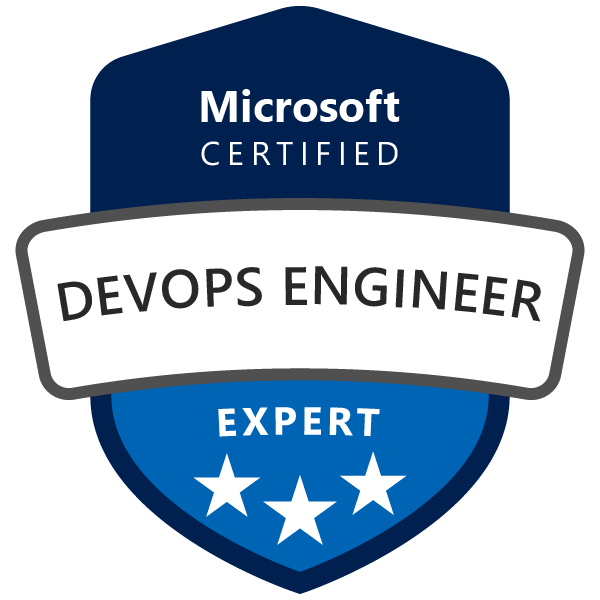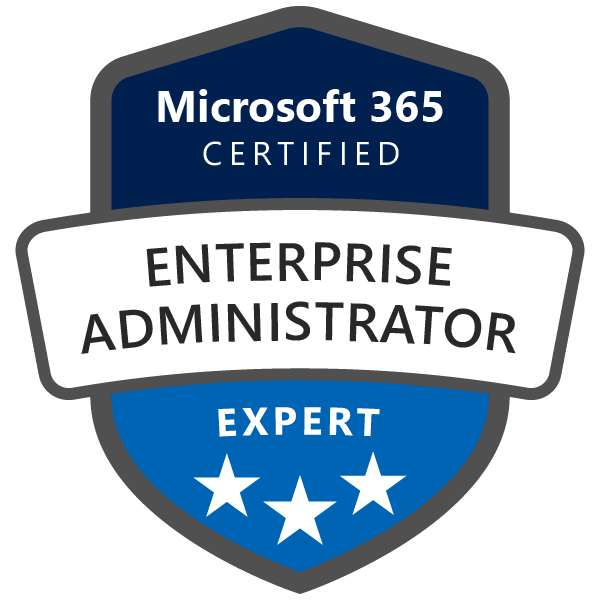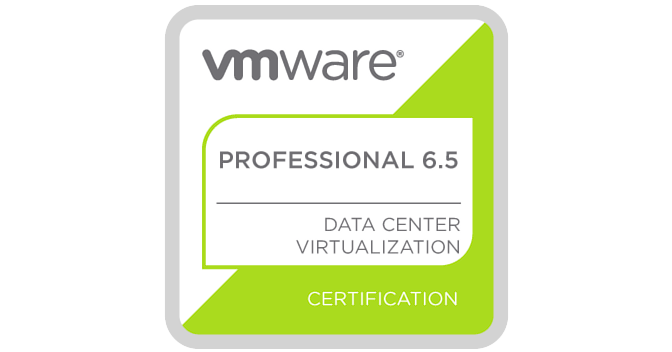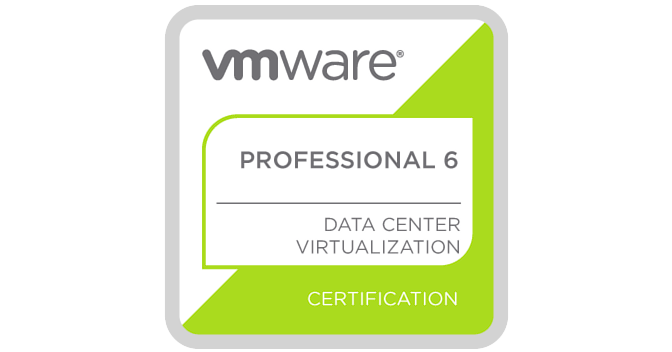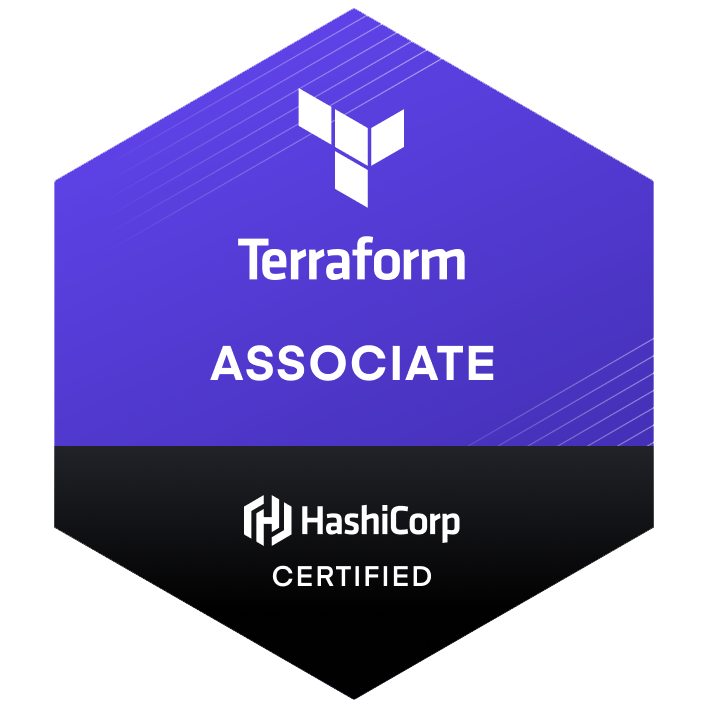As a DevOps engineer, mastering a variety of tools and technologies is essential to stay ahead in the competitive landscape. One such powerful tool is Terraform, an open-source infrastructure-as-code (IAC) software that enables you to define and manage infrastructure resources across various cloud platforms, including Azure. In this blog post, we'll dive deeper into Terraform and explore how it can be used to manage and conduct resource deployments on Azure, further enhancing your DevOps skillset.
Step 1: Understanding Terraform Fundamentals
Before you start working with Terraform, it's essential to understand its core concepts and components:
- Providers: Terraform plugins that enable you to interact with APIs of specific cloud platforms, like Azure.
- Resources: Infrastructure components you want to create, manage, or modify, such as virtual machines or storage accounts.
- Modules: Reusable, self-contained packages that encapsulate a set of resources and their configurations.
- State: A snapshot of your infrastructure at a given time, stored in a file called the Terraform state file.
- Variables and Outputs: Parameters that allow you to customize your configurations and retrieve information about your infrastructure.
Step 2: Setting Up Terraform for Azure
To use Terraform with Azure, you need to set up your environment by following these steps:
- Download and install Terraform for your operating system from the official website (https://www.terraform.io/downloads.html).
- Configure the Azure provider by creating a Terraform configuration file (usually named
main.tf) and specifying the provider with appropriate credentials. You can obtain the necessary credentials by setting up a service principal in your Azure Active Directory.
Step 3: Deploying Azure Resources with Terraform
With your environment set up, you can now use Terraform to deploy Azure resources. Here's a simple example to create a resource group and a virtual network:
- In your
main.tffile, define the resource group and virtual network resources, specifying the required parameters such as name, location, and address space. - Initialize your Terraform workspace by running
terraform init. This command downloads the required provider plugins and sets up the backend for storing your Terraform state. - Validate your configuration with
terraform validateto ensure there are no syntax errors or configuration issues. - Review the planned changes with
terraform plan. This command displays the resources that will be created, modified, or destroyed. - Apply the changes by running
terraform apply. Confirm the changes, and Terraform will proceed to create the specified resources.
Step 4: Managing and Scaling Terraform Configurations
As your infrastructure grows, it's essential to manage and scale your Terraform configurations effectively:
- Use modules to organize and reuse your Terraform configurations. Create custom modules or utilize existing ones from the Terraform Registry (https://registry.terraform.io/).
- Leverage variables to parameterize your configurations, making them more flexible and adaptable to different environments or scenarios.
- Implement remote state management to store your state files in a centralized, secure location such as Azure Blob Storage, allowing for better collaboration and consistency.
- Use Terraform workspaces to manage multiple environments (e.g., development, staging, and production) with the same configuration files, isolating state and variables for each environment.
Step 5: Integrating Terraform with Your DevOps Workflow
Finally, incorporate Terraform into your existing DevOps workflow to streamline and automate infrastructure management:
- Store your Terraform configurations in a version control system like Git, enabling collaboration, versioning, and change tracking.
- Implement CI/CD pipelines that automatically validate, plan, and apply
-
Terraform changes whenever updates are pushed to the version control system. Tools like Azure DevOps, Jenkins, or GitHub Actions can be used to create these pipelines. 3. Implement testing and validation for your Terraform configurations using tools like Terratest or Checkov. This ensures your infrastructure is secure, compliant, and functioning as expected before deployment.
- Monitor and manage your infrastructure with tools like Azure Monitor, Prometheus, or Grafana. Integrate these tools with Terraform to create a comprehensive, automated infrastructure management solution.
Conclusion
Adding Terraform to your DevOps arsenal enables you to more effectively manage and deploy resources on Azure, making you a more versatile and valuable engineer. By understanding Terraform fundamentals, setting up your environment, deploying resources, scaling configurations, and integrating with your existing DevOps workflow, you'll be better equipped to tackle complex infrastructure challenges and deliver more efficient, reliable solutions.
Remember, the DevOps landscape is constantly evolving, so it's essential to stay updated on the latest tools and best practices. Keep learning, experimenting, and refining your skills to stay ahead of the curve and continue growing as a DevOps professional.




